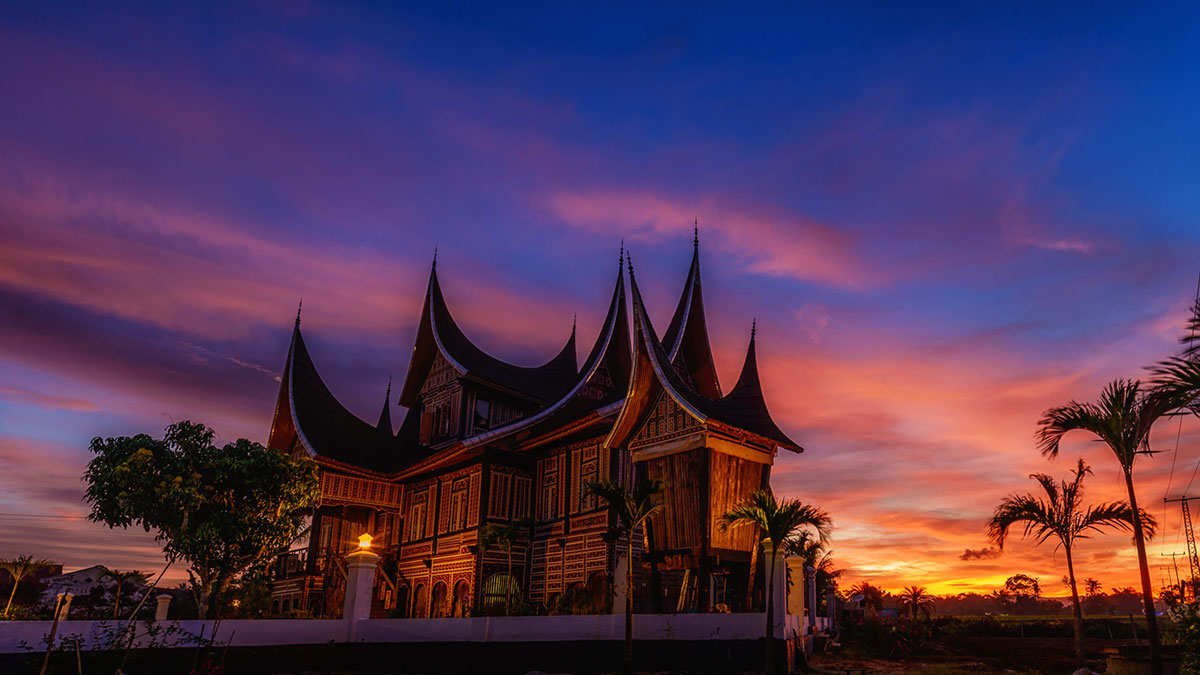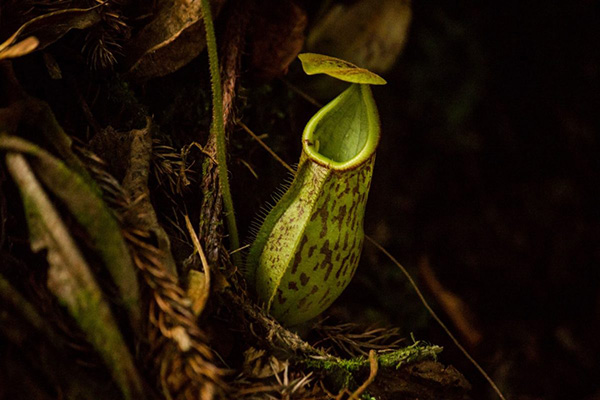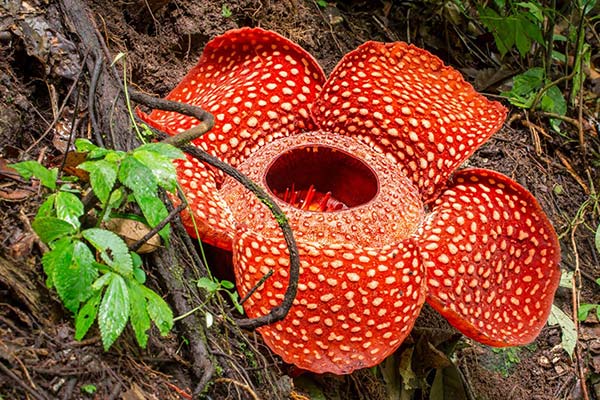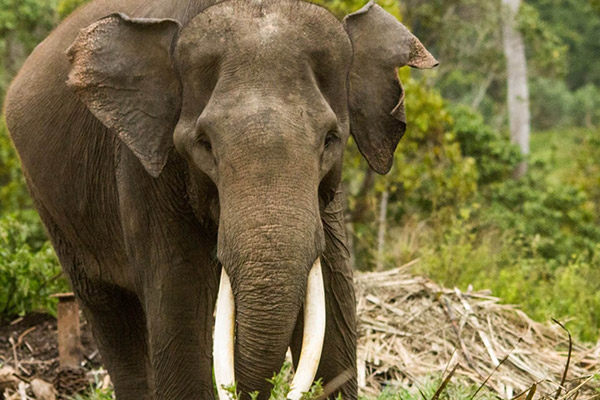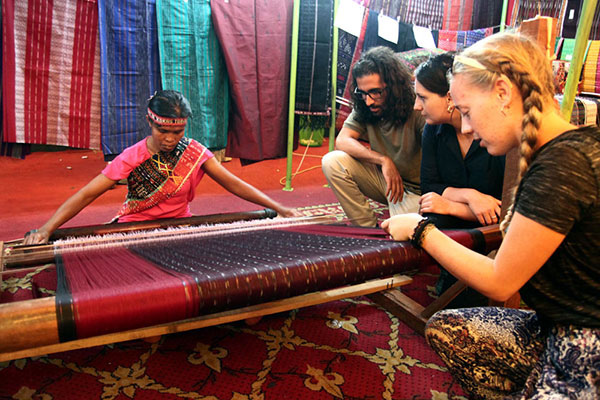The rich ethnic diversity and historical heritage in Sumatra is reflected in the range of architectural styles in the island. The vernacular style is the native Sumatran ethnic groups architecture of dwellings, while the Hindu-Buddhist architecture reflected through the cultural historical heritage of candis built in Sumatra. The third wave is Islamic architecture adopted in mosques and palace in Sumatra, especially in Aceh, North Sumatra, and Malay cultural sphere in the island.
Vernecular Architecture
The traditional vernacular architecture including:
Batak architecture; refers to the related architectural traditions and designs of the various Batak peoples of North Sumatra, Indonesia. There are six groups of Batak who speak separate but related languages: the Angkola, the Mandailing to the south, the Toba, to the north the Pakpak/Dairi, the Simalungun, and the Karo. While the groups are now Muslim or Christian, elements of the ancient Batak religion remain, particularly amongst the Karo.
The bale (“meeting hall”), rumah (“house”), and sopo (“rice barn”) are the three main building types common to the different Batak groups. The rumah has traditionally been a large house in which a group of families live communally. During the day, the interior is shared living space, and at night, cloth or matting drapes provide families with privacy. Most Batak now live in modern homes, and many traditional houses are abandoned or in a poor state of repair.
The architecture and village layouts of the six Batak groups also show significant differences. Toba Batak houses, for example, are boat-shaped with intricately carved gables and upsweeping roof ridges. Karo Batak houses rise up in tiers. Both are built on piles and are derived from an ancient Dong-Son model.
Uma longhouse;
Uma are traditional vernacular houses found on the western part of the island of Siberut in Indonesia. The island is part of the Mentawai islands off the west coast of Sumatra.
The structures are influenced by the Acehnese style, they are built on a much larger scale. They were formerly used as uma longhouses by the Sakuddei tribe before they were forced to abandon their traditional way of life through government intervention in the 1950s and 1960s. Since then, some attempts have been made to re-establish them in their former areas of settlement. Uma longhouses are rectangular with a verandah at each end. They can be 300 m2 in area. Built on piles, they traditional have no windows. The insides are separated into different dwelling spaces by partition which usually have inter-connecting doors.
Villages are built alongside river banks and are made up of one or more communal Uma longhouses and single-storey family houses known as lalep. Villages housed up to 300 people and the larger villages were divided into sections along patrilineal clans of families with their own uma. Rusuk were dwellings for widows and bachelors which are similar to the family longhouse but without an altar. The uma is the centre of social, religious, and political life and it is here where every village member of egalitarian Mentawai society is able to contribute meetings about matters affecting the community. Like many Indonesians, Mentawaians believe in a separable soul that leaves the body upon death becoming a ghost. To protect themselves from these spirits, fetish sticks are placed by the entrances of the log wall that surrounds and fortifies the village and forms a stockade for cattle.
Uma (Gajo); from the Gayo district near Aceh. An uma is the traditional house (rumah adat) of the Gajo district which borders Aceh on the Indonesian island of Sumatra.
Like the majority of the traditional vernacular architecture of Austronesian peoples, an uma is a built on piles. It is inhabited by a number of related families and has a men’s front gallery, central sleeping quarters and a rear women’s gallery.
Rumah gadang (Minangkabau: “big house”) or rumah bagonjong (Minangkabau: “spired roof house”) are the traditional homes (Indonesian: “rumah adat”) of the Minangkabau. The architecture, construction, internal and external decoration, and the functions of the house reflect the culture and values of the Minangkabau. A rumah gadang serves as a residence, a hall for family meetings, and for ceremonial activities. In the matrilineal Minangkabau society, the rumah gadang is owned by the women of the family who live there; ownership is passed from mother to daughter.
The houses have dramatic curved roof structure with multi-tiered, upswept gables. Shuttered windows are built into walls incised with profuse painted floral carvings. The term rumah gadang usually refers to the larger communal homes, however, smaller single residences share many of its architectural elements.
Rumah Melayu/Malay houses are traditional dwellings, originating before the arrival of foreign or modern influences, and constructed by the indigenous ethnic Malay of the Malay Peninsula, Sumatra and Borneo.
The traditional architecture of the Indonesian island of Enggano is pile-built.
Groups of round houses about 9 metres in diameter and built on piles form Enggano villages. Wood or bamboo are used for walls, and roofs are thatched with woven rattan leaves. The house’s interior is one large room surrounding a hearth. Adults sleep in this main room, while children and adolescents sleep in less substantial rooms and shelters. The house is accessed via a notched wooden beam.
A kadiofe is the village’s public meeting hall. It is a rectangular pile-built structure with a rattan roof and four open sides.


